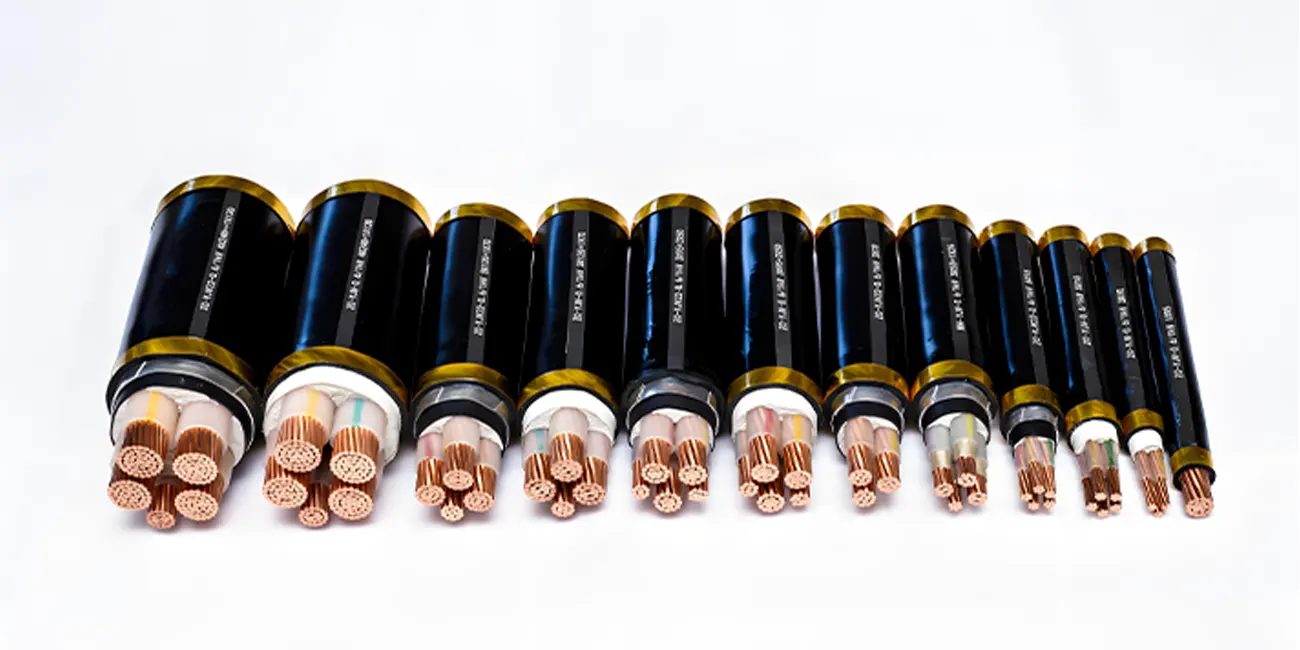
By quanyu lee
2025-10-11 10:16:46
What Is a Waterproof Cable? Applications and Selection Guide
Why are waterproof cables so critical? The reason begins with the shortcomings of ordinary cables in humid environments. When ordinary cables are exposed to damp or high humidity or come into direct contact with water, moisture can easily penetrate the cable. Over time, the cable's insulation layer gradually deteriorates, potentially leading to signal interruptions and unstable power supply. In severe cases, it can also cause short circuits, corrosion of metal components, and other issues, ultimately causing equipment failure and even posing safety risks.
Whether it's LED lighting systems that need to operate outdoors for extended periods, automotive sensors constantly exposed to moisture, medical equipment requiring extreme stability, or communications terminals exposed to high humidity and high salinity in the ocean year-round, choosing the right waterproof cable is crucial for ensuring the proper operation and extending the lifespan of these devices. In scenarios where waterproofing is essential, waterproof cables have long been the "invisible guardian" of stable equipment operation.
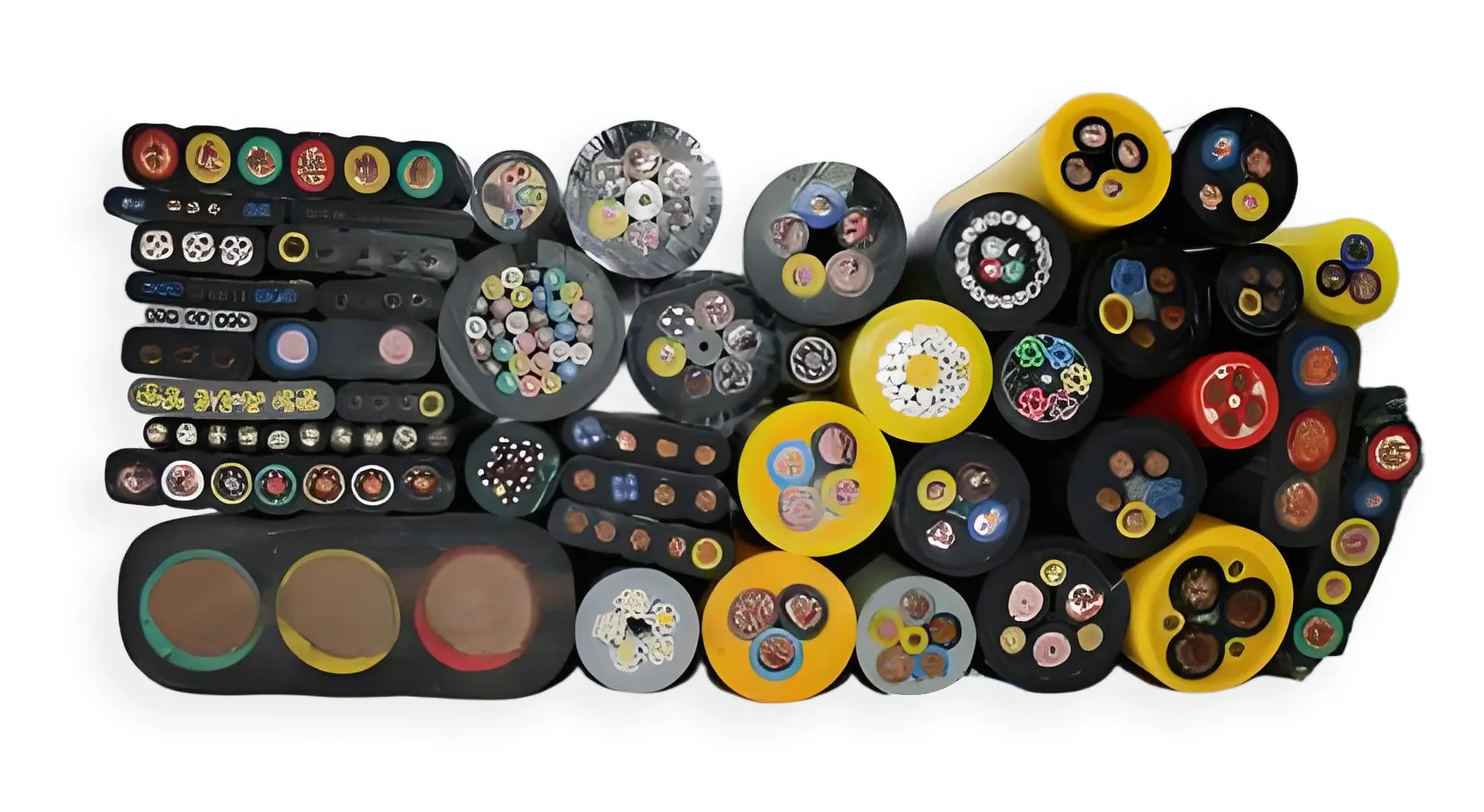
1. What is a waterproof cable?
Waterproof cables are specialized cables with a waterproof seal designed to maintain stable electrical performance in humid, rainy, underwater, or corrosive environments.
The core structure of waterproof cables generally includes:
- Conductor: Multiple strands of tinned copper wire for improved conductivity and corrosion resistance.
- Insulation: Typically made of water- and temperature-resistant materials such as PVC, PE, or XLPE.
- Sealing/Shielding: Uses waterproof adhesive, aluminum foil shielding, and other structures to prevent liquid penetration.
- Outer Jacket: Made of high-strength, weather-resistant materials such as TPU, silicone, or chlorinated polyethylene (CPE).
The two digits after "IP" represent the "dustproof level" and "waterproof level" respectively. The higher the number, the stronger the corresponding protection performance (Note: the first digit after IP here is "6", which represents the highest dustproof level, which can completely block dust intrusion. Just focus on the second digit of waterproof performance).
Specifically look at the different levels of waterproof capabilities:
- IP65: Water jet proof, capable of withstanding water jets from any direction (such as a high-pressure water gun) without affecting the cable's normal operation. Suitable for outdoor lighting, wall-mounted electrical equipment, and other scenarios.
- IP67: Waterproof performance is further improved to achieve "short-term water immersion protection" - even if the cable is briefly immersed in water within 1 meter, it can maintain normal operation. It is commonly used in scenarios such as automotive electronics and outdoor temporary equipment.
- IP68: A high-level waterproof standard that meets the "deep water immersion protection" requirement and can operate stably for a long time in a water depth of more than 1 meter (the specific water depth and duration should refer to the product parameters). Due to its extremely strong protection capabilities, it is often used as the core standard for selecting waterproof cables for industrial equipment and marine engineering equipment (such as marine sensors and underwater communication equipment).
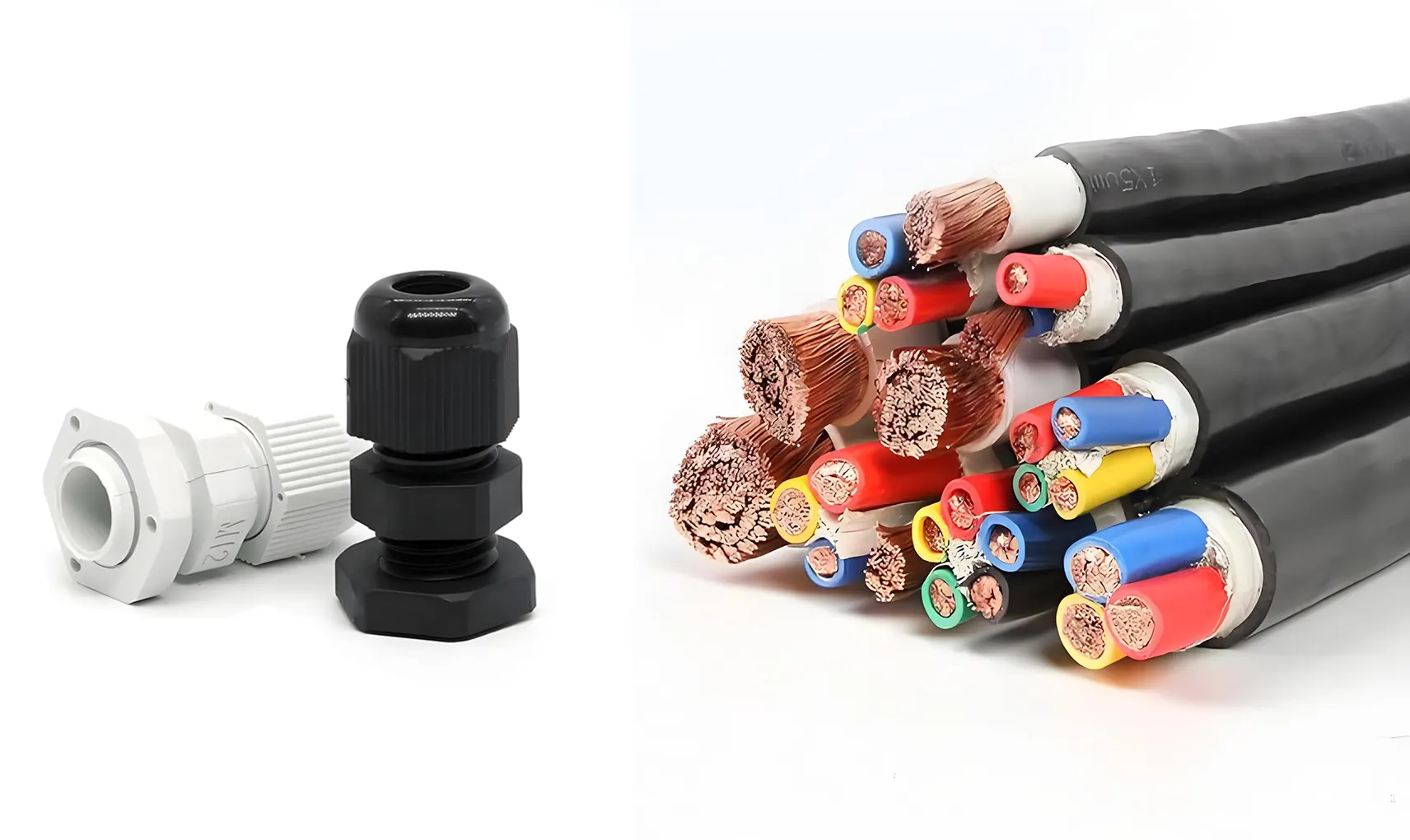
2. The main application areas of waterproof cables
| Application scenarios | Features and needs | Recommended type |
| Outdoor LED lighting system | Long-term exposure to rain and sunlight requires high flexibility and UV protection | TPU sheathed waterproof cable |
| Automotive and marine wiring harness systems | Need to be oil-proof, salt spray-proof, and earthquake-resistant | Waterproof Harness |
| Industrial automation equipment | Motor and sensor connections require stable signals | Shielded waterproof cable |
| Solar and wind power systems | High temperature, UV protection, and anti-aging | XLPE waterproof photovoltaic cable |
| Medical and outdoor communication equipment | Need to meet biocompatibility and electromagnetic shielding | Custom waterproof cable assemblies |
Ordinary cables find it difficult to maintain stable performance over a long period of time, while waterproof cables can ensure connection security and equipment durability.
3. How to Choose the Right Waterproof Cable?
When selecting a waterproof cable, consider the following factors:
(1) Environmental conditions
- Is it immersed in water for a long time?
- Is it exposed to UV rays or salt spray?
- Is it subject to oil pollution or chemical corrosion?
For example, for marine equipment or underground sensing systems, it is recommended to use IP68 waterproof cables.
(2) Electrical parameters
- Rated voltage and current requirements
- Signal transmission requires shielding
- Conductor specifications (AWG or mm²)
(3) Material selection
| Material | Features | Applicable scenarios |
| PVC | Economical, medium weather resistance | General outdoor equipment |
| TPU | High flexibility and wear resistance | Dynamic applications, LED lighting |
| Silicone | High and low temperature resistance, good flexibility | Medical and outdoor testing equipment |
(4) Certification and safety of waterproof cables
Choose cables with UL, CE, RoHS, ISO, and other certifications to ensure compliance with international standards:
- UL Official Certification
- RoHS Environmental Compliance
- ISO 9001 Quality System Certification
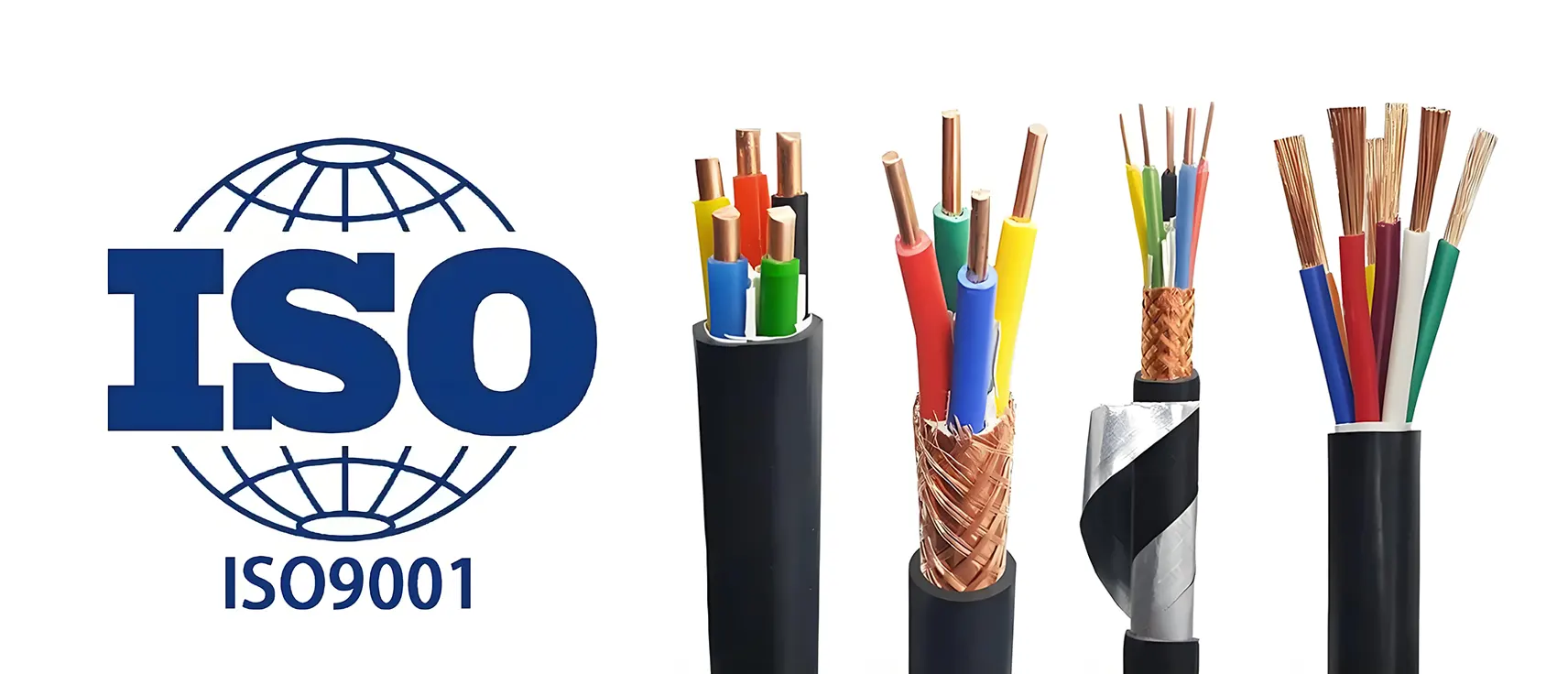
4. Customization and processing services for waterproof cables
Standard waterproof cables cannot fully meet complex industrial needs, so customized services are increasingly popular.
Wire Harness Assembly provides customers with a comprehensive solution from waterproof cable selection, connector design, and finished product testing, including:
- IP67/IP68 waterproof cable harness design
- Customizable length, conductor specifications, and jacket materials
- Injection molding and tensile testing
- OEM/ODM support for automotive, industrial, energy, and communications equipment
Customized solutions not only ensure a stable protection level but also adapt to the customer's assembly structure and cost requirements.
5. Waterproof Cable FAQs
Q1: Can waterproof cables be used in seawater for extended periods?
A: Yes, but they must be IP68 rated and use tinned copper conductors for corrosion resistance. For high-salt environments, corrosion-resistant sheaths (such as TPU or CPE) should be selected, and the connector seals should be regularly inspected.
Q2: What is the service life of waterproof cables?
A: Depending on the material and environment, it can generally last from 5 to 10 years or more. High-quality waterproof cables undergo UV, salt spray, and tensile testing to significantly extend their service life.
Q3: Can waterproof cables be bent or stretched?
A: Yes, but the minimum bend radius must be adhered to. It is recommended to avoid frequent pulling or excessive bending during installation to avoid damaging the sealing structure.
Q4: Can you customize lengths and connector types?
A: Of course. We offer custom cable diameters, lengths, connector configurations, and even printed logos tailored to your specific needs.
Q5: What precautions should be taken when installing waterproof cables?
A: After selecting a waterproof cable that meets the IP rating, proper installation is key to ensuring its long-term waterproof performance. Improper installation can cause water vapor infiltration, electrical failures, and other problems, even if the cable itself meets the waterproof rating. Matching waterproof connectors/terminals must be used. Before installation, ensure that the connector area is clean and free of oil and dirt. After installation, be sure to perform a waterproof performance test (IP rating verification) to avoid exposing the cable to extremely high temperature environments for a long time.
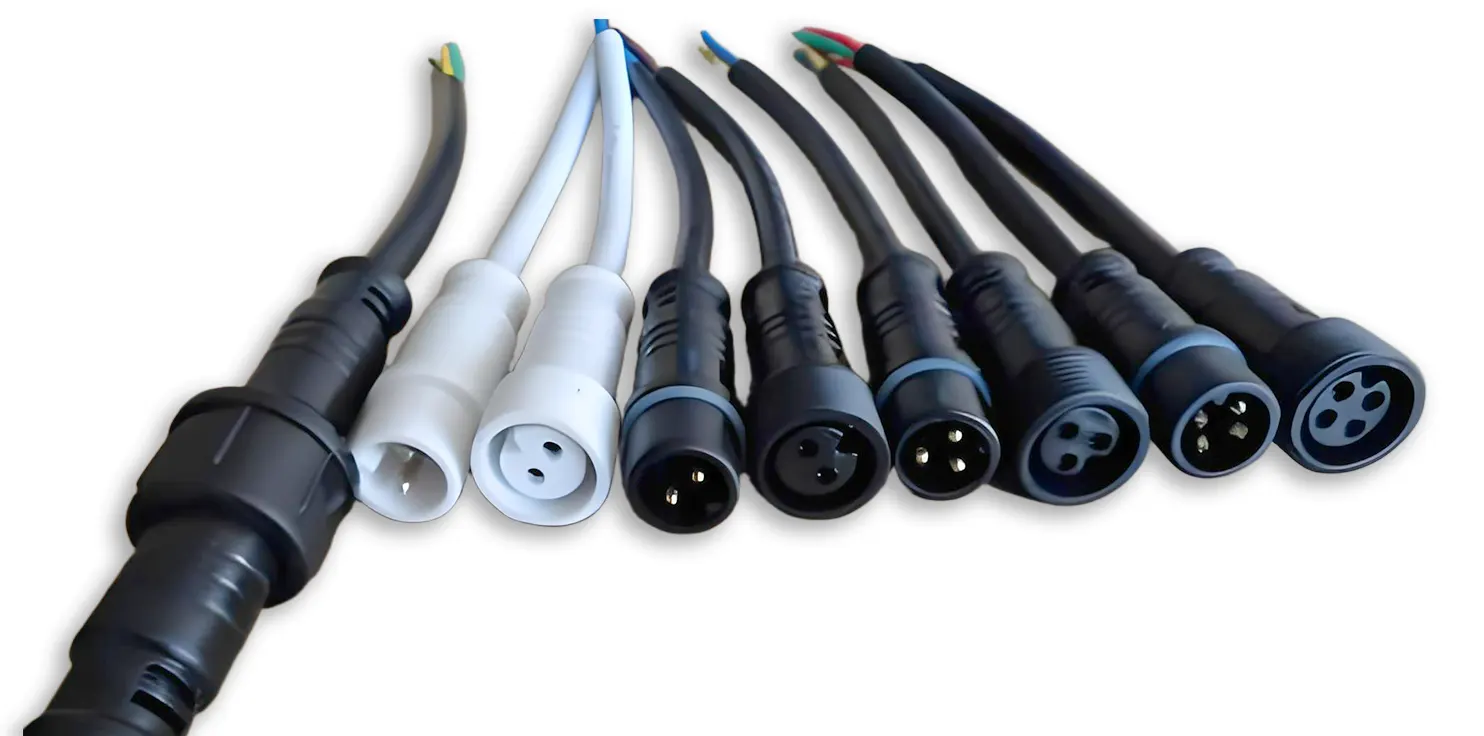
Waterproof cable is not just a wire; it is the first line of defense for the safe operation of industrial equipment. With the popularization of outdoor equipment, marine engineering, and intelligent manufacturing, the application scenarios of waterproof cables will continue to expand.



